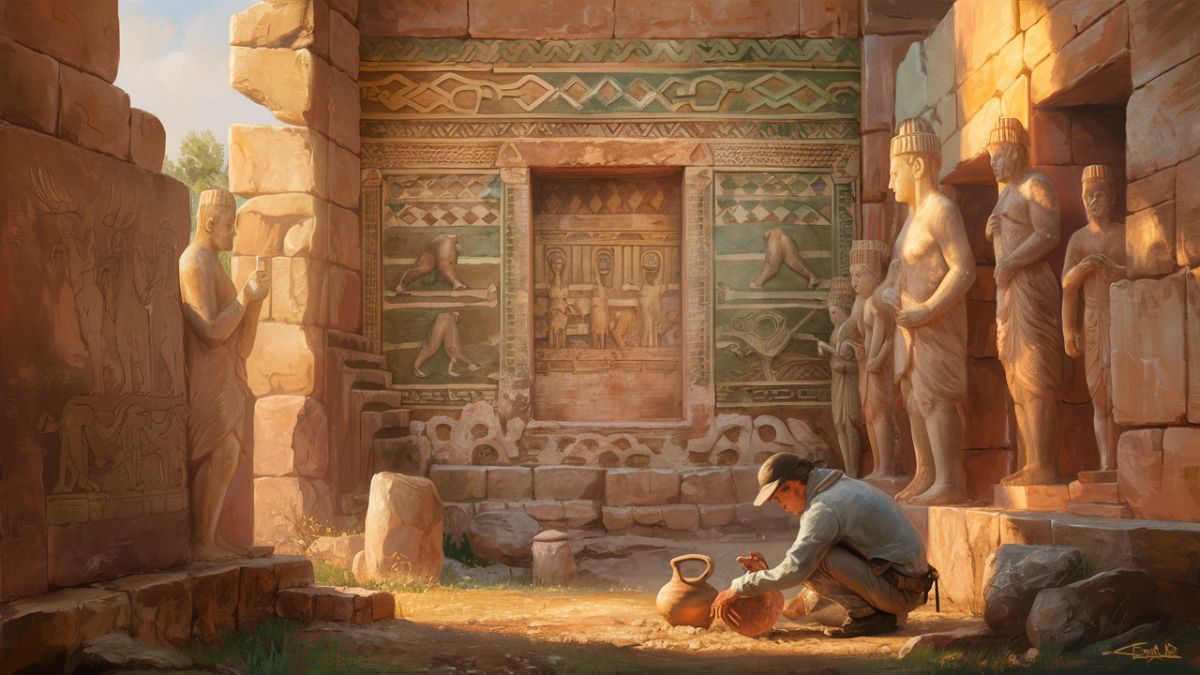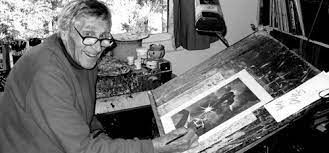Introduction to Heinrich Servais
Heinrich Servais is a name few people might remember today, but he was instrumental in Germany’s culture in 1555. This extraordinary individual appeared when the world was going through many aspects of change and advancement. There are persons in history whose presence most people will overlook, but not Servais, who was a hotbed of ingenuity during his time.
Manifestly, his experience represents Renaissancesoppins of breaking ground where diverse fields such as art, learning, and philosophy combined to produce new ways of reasoning. Let us begin by exploring this remarkable person’s lifetime, achievements, and the mark he left in Germany that is still felt today. For those who are history lovers or would like to know more about interesting people from the past, Heinrich Servais is a character to look into in more detail!
Early Life and Education

Heinrich Servais is a well-known theorist and natural scientist who registers births. He was born in Germany in 1555, which seems to have been a period of unfettered cultural and educational revolution. He was raised in a reasonably humble household and was always keen on learning things. They did everything to satisfy his inquisitive nature, bought him several books, and permitted him to meet some scholars from the area.
From a young age, Heinrich joined one of the great schools of that time. Here, he shone in everything—from philosophy to mathematics. This education provided a shortcut in his insatiable thirst for learning, which later summarized the better part of his life.
Servais attended one of the leading centers for higher learning. There, he became more involved with humanistic studies and theology. These classes formed the basis of his mentality, and many of his artistic creations that would follow in the future would contribute to German culture. In the years that followed his life, the foundation was set for an extraordinary expedition of creation and mastery in several areas.
Accomplishments and Contributions in Germany

Heinrich Servais appeared as one of the critical individuals in 1555. He left a definitive mark in several spheres in Germany. His achievements during the Renaissance were remarkable as they dealt with the convergence of art and science.
One of his merits was improving the existing educational systems and processes. He focused on new approaches to teaching, which trained students to become critical in how they receive information, changing the training system.
Besides, in matters of study, Servais remained a unique figure in fostering the doctrines of German literature. His works encouraged many new aspiring writers, and such literature was entirely on the creative edge.
He even accepted such modifications when he entered the art. As he worked with others in art and science, he assisted in building a system of cultural exchange.
However, Servais is most known for his artwork. He would move to keep the Germans at this period.
Impact on the Development of German Culture
Heinrich Servais was a key architect of German culture in the mid-16th century. He was not simply an artist; he was a social activator.
Thanks to such original thinking, many of his contemporaries became creators: the artists started tackling issues of everyday life instead of the time-honored ones.
Servais also promoted the synthesis of such disparate elements as painting, writing, and even philosophy under his aegis. This new style paved the way for future German art and ideas.
Also, his promotion of indigenous cultures brought back the much-needed civic pride in the people. People started to express that identity through art and folklore; many such experiences made what it meant to be German.
Servais’ impact can still be traced in the current world, reiterating how one visionary can alter the entire map of the culture.
Legacy and Recognition
Heinrich Servais remains among the stalwarts, perhaps, in German history. His creative mind shone in numerous areas, both art and science.
His contribution was recognized while he was alive and has increased over time. Institutions in different parts of Germany have awarded him awards and scholarships in his name, nourishing his legacy to the younger generation of thinkers and creators.
The history contained in the paintings made using the Servais style and undertaking such works in other disciplines combine the past and present well. His works are primarily embraced in terms of the content in the numerous academic institutions within the circles of academia worldwide.
At the community level, people organize events to honor various developments credited to him. These events remember the Servais and inspire conversations about the transformation of German culture and its roots in Servais’ entrepreneurial influence.
Unveiling the Legacy: Servais’ Influence Today
Heinrich Servais is not an ordinary subject in history one would want to forget. Some of his ideas for development sparked the beginning of cultural evolution in modern-day Germany.
To this day, the ideas and outlooks Servais possessed as an artist remain sought after by many. His principle of amalgamating artistic and intellectual aspects is still alive today.
His zeal for impact on society aided the enhancement of learning, a significant part of German institutions today. Students are made to seek knowledge in various disciplines, as Servais held that no discipline was too small.
Most importantly, his advocacy for social participation relates to contemporary social activism efforts. Servais was a progressive and remains so in the eyes of many.
Even in literature and pieces of visual arts, one can find reverberations of what Servais believed in and advocated for. This legacy extends its life through different and cultural articulations, permeating space and time.
Conclusion
Heinrich Servais is a character that has gone down in the annals of German history. Those who served under him in 1555 made some contributions that prepared the ground for future cultural evolution. His work’s reach knows no boundaries; it influences art, education, and social relations.
At the same time, aspects should be highlighted in consideration of his legacy—how one person’s love can touch several generations. He will always be forgotten, as today’s artists and thinkers would not understand that such people were required, and Servais was one of them. History always illustrated the spirit of discovery and societal advancement.
The image created by Servais’s story teaches us about appreciating the existing culture and combating its welfare improvement. Having learned from those long commended, we will be far more aware of the prospects we can pursue and the direction we are aiming for.
FAQs
Who was Heinrich Servais in Germany in 1555?
Heinrich Servais was an influential theorist and artist in 1555, contributing significantly to the cultural and intellectual landscape of Renaissance Germany.
What are Heinrich Servais’ notable contributions to German culture in 1555?
Heinrich Servais helped shape German art, education, and social activism by introducing new ways of thinking that influenced future generations.
How did Heinrich Servais impact education in 1555 Germany?
Servais revolutionized education 1555 by promoting critical thinking and creative learning methods in Germany’s academic system.










